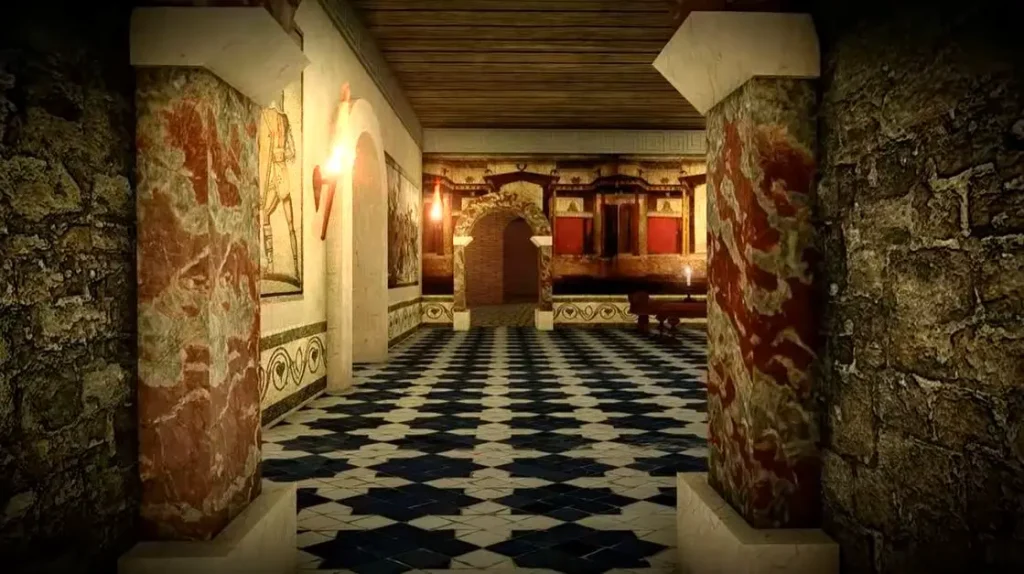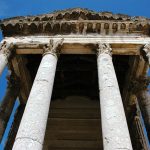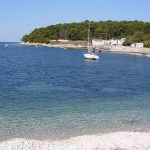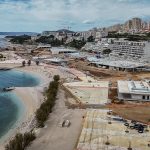It is almost 8 years since my first visit to one of Croatia’s most interesting and versatile building, the Pula Arena in Istria.
The year was 2013, and the Croatian National Tourist Board invited me to cover the opening night of Outlook Festival, which was being held in one of the world’s largest remaining Roman amphitheatres for the first time.
The concert was just one of the innovative uses by the Pula authorities of its considerable heritage, as I reflected in my article for a Canadian Google News portal in Preserving heritage through tourism: The case of Pula in Croatia.
Leonard Cohen, Joe Cocker, Sting and a host of other global stars would grace the Pula Arena, and it was also the scene of some quite unusual sprting events, including a football match with Bayern Munich veterans, and even an ice hockey match.
Reminders of its former use were introduced by the tourist board, as gladiator fights became a popular spectacle during the season.
An impressive building today, but wondered how it must have looked during the era of the Roman Empire.
Help is at hand, in the form of modern technology recreating the heritage of the past.
Yesterday, we featured a wonderful 3D animation by Stipan Ujgur of life in Dubrovnik before the devastating 1667 earthquake, which you can view here.
https://www.youtube.com/watch?v=wbEtuuesYTs
In today’s feature of Stipan’s work, we head even further back in time to Pula during Roman times, when the Pula Arena dominated the city skyline even more than it does today, giving not only an insight in how the arena stadium looked, but also what the warren of rooms and corridors below the surface were used for.
For more features on Pula, follow the dedicated TCN section.












